The PHP Workshop. Learn to build interactive applications and kickstart your career as a web developer Alexandru Busuioc, David Carr, Markus Gray, Vijay Joshi, Mark McCollum, Bart McLeod, M A Hossain Tonu
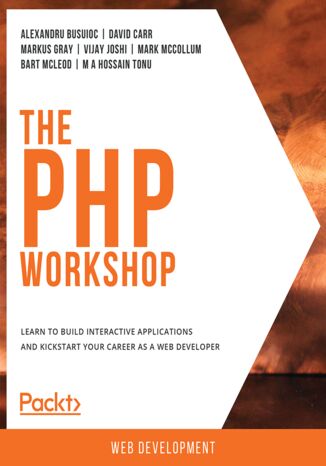



- Autorzy:
- Alexandru Busuioc, David Carr, Markus Gray, Vijay Joshi, Mark McCollum, Bart McLeod, M A Hossain Tonu
- Wydawnictwo:
- Packt Publishing
- Ocena:
- Stron:
- 604
- Dostępne formaty:
-
PDFePubMobi
Opis
książki
:
The PHP Workshop. Learn to build interactive applications and kickstart your career as a web developer
This PHP tutorial starts with an introduction to PHP, getting you set up with a productive development environment. You will write, execute, and troubleshoot your first PHP script using a built-in templating engine and server. Next, you'll learn about variables and data types, and see how conditions and loops help control the flow of a PHP program. Progressing through the chapters, you'll use HTTP methods to turn your PHP scripts into web apps, persist data by connecting to an external database, handle application errors, and improve functionality by using third-party packages.
By the end of this Workshop, you'll be well-versed in web application development, and have the knowledge and skills to creatively tackle your own ambitious projects with PHP.
Wybrane bestsellery
Packt Publishing - inne książki
Dzięki opcji "Druk na żądanie" do sprzedaży wracają tytuły Grupy Helion, które cieszyły sie dużym zainteresowaniem, a których nakład został wyprzedany.
Dla naszych Czytelników wydrukowaliśmy dodatkową pulę egzemplarzy w technice druku cyfrowego.
Co powinieneś wiedzieć o usłudze "Druk na żądanie":
- usługa obejmuje tylko widoczną poniżej listę tytułów, którą na bieżąco aktualizujemy;
- cena książki może być wyższa od początkowej ceny detalicznej, co jest spowodowane kosztami druku cyfrowego (wyższymi niż koszty tradycyjnego druku offsetowego). Obowiązująca cena jest zawsze podawana na stronie WWW książki;
- zawartość książki wraz z dodatkami (płyta CD, DVD) odpowiada jej pierwotnemu wydaniu i jest w pełni komplementarna;
- usługa nie obejmuje książek w kolorze.
Masz pytanie o konkretny tytuł? Napisz do nas: sklep@helion.pl
Książka drukowana



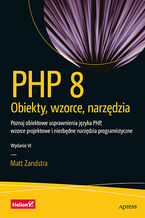
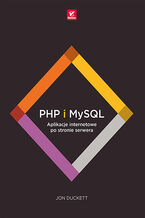
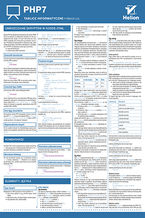
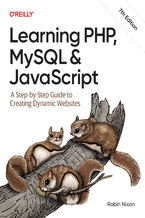

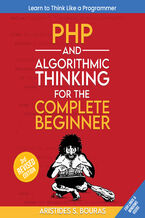
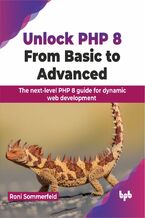
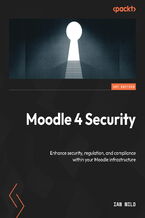
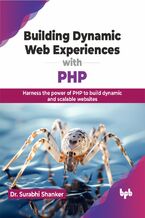
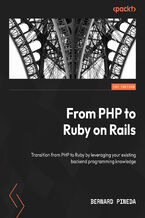
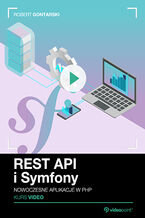







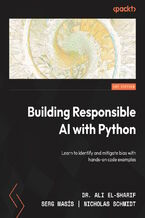
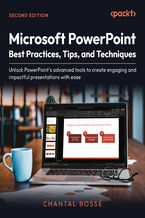
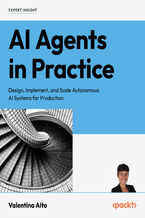
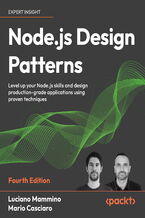
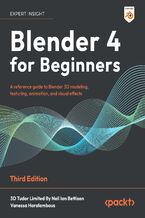
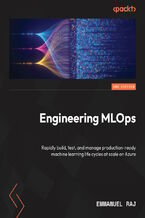

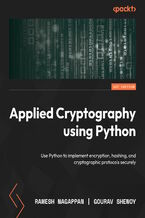
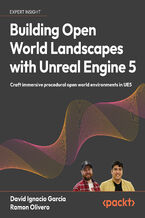



Oceny i opinie klientów: The PHP Workshop. Learn to build interactive applications and kickstart your career as a web developer Alexandru Busuioc, David Carr, Markus Gray, Vijay Joshi, Mark McCollum, Bart McLeod, M A Hossain Tonu
(0)